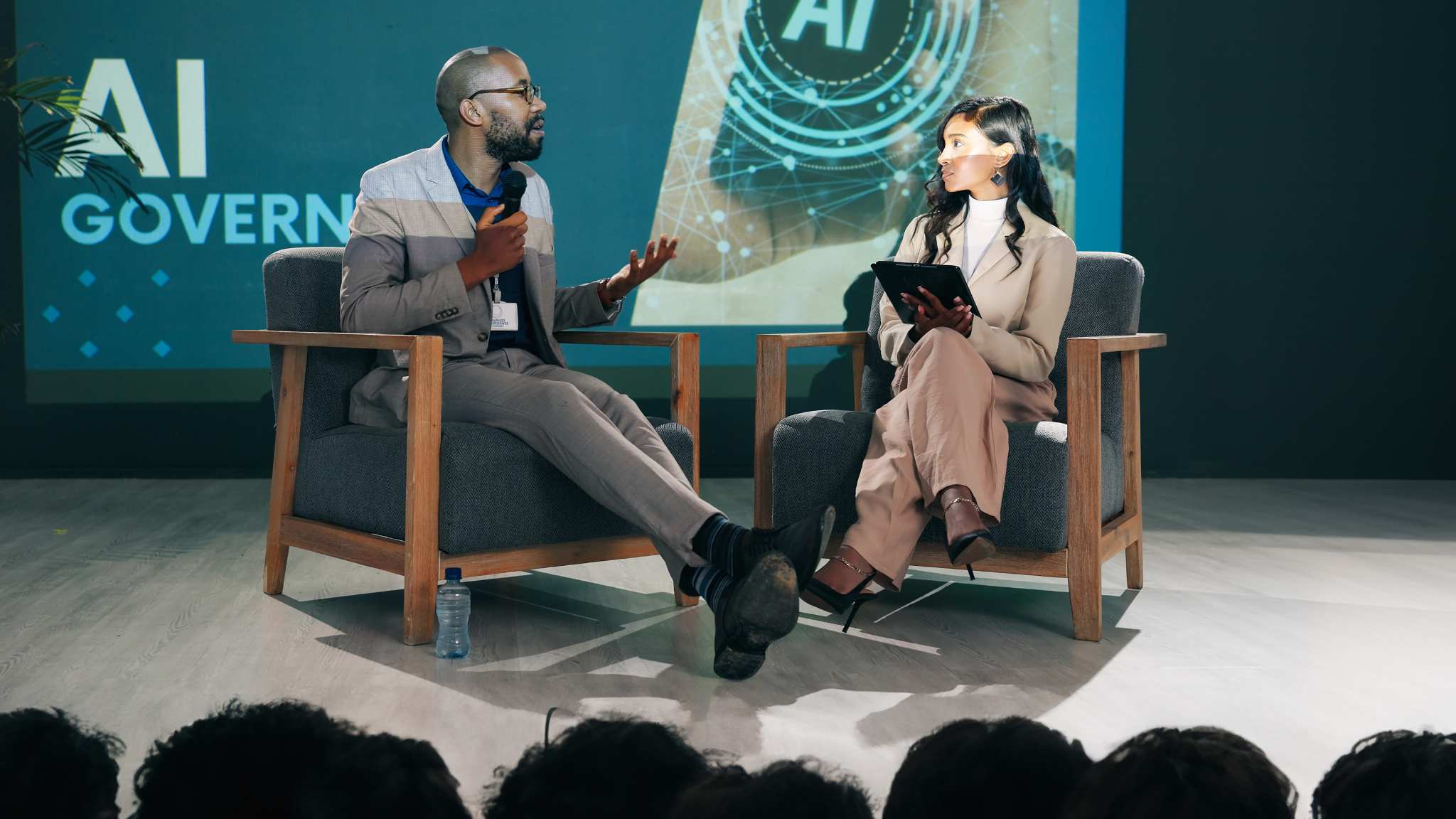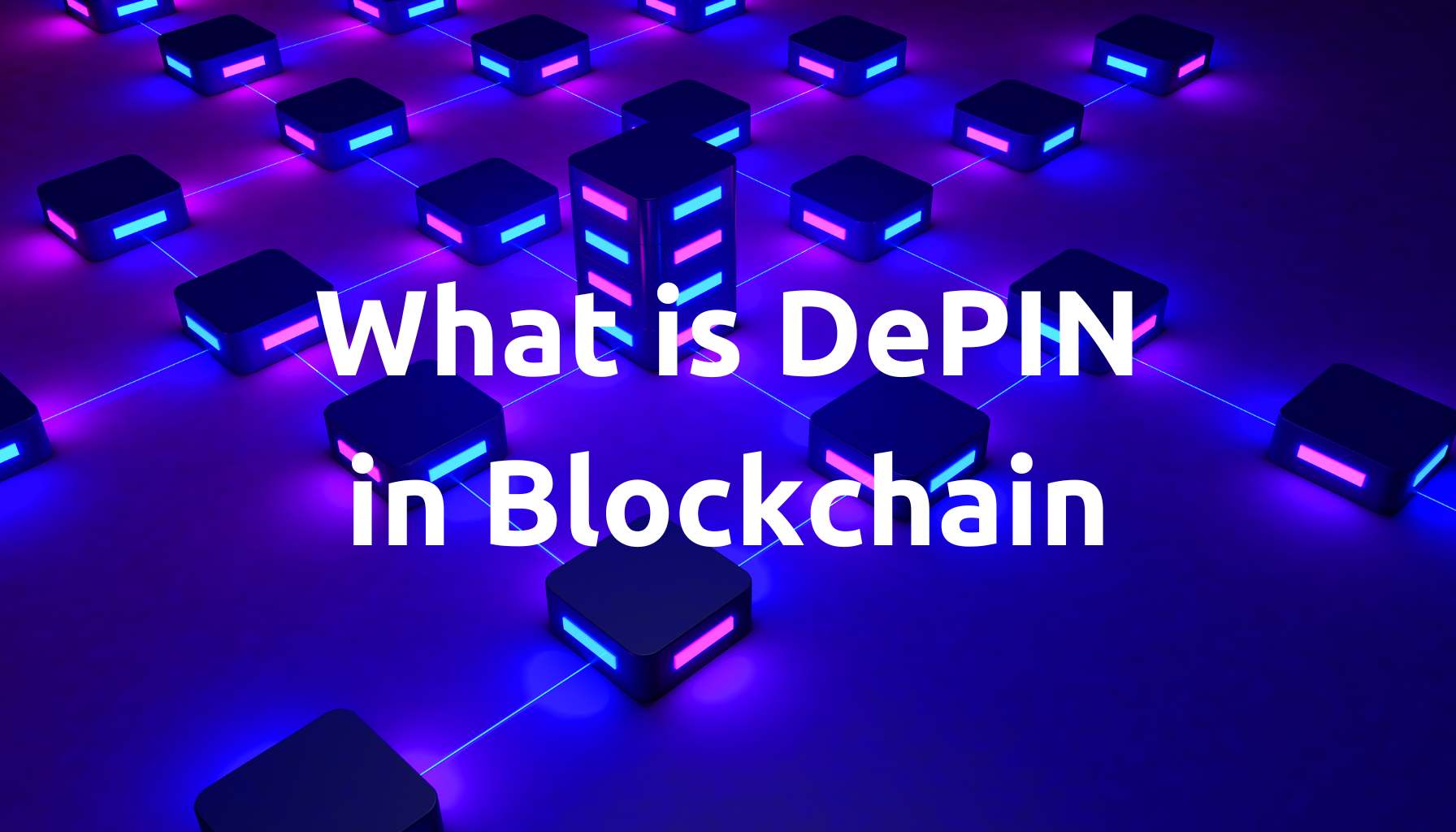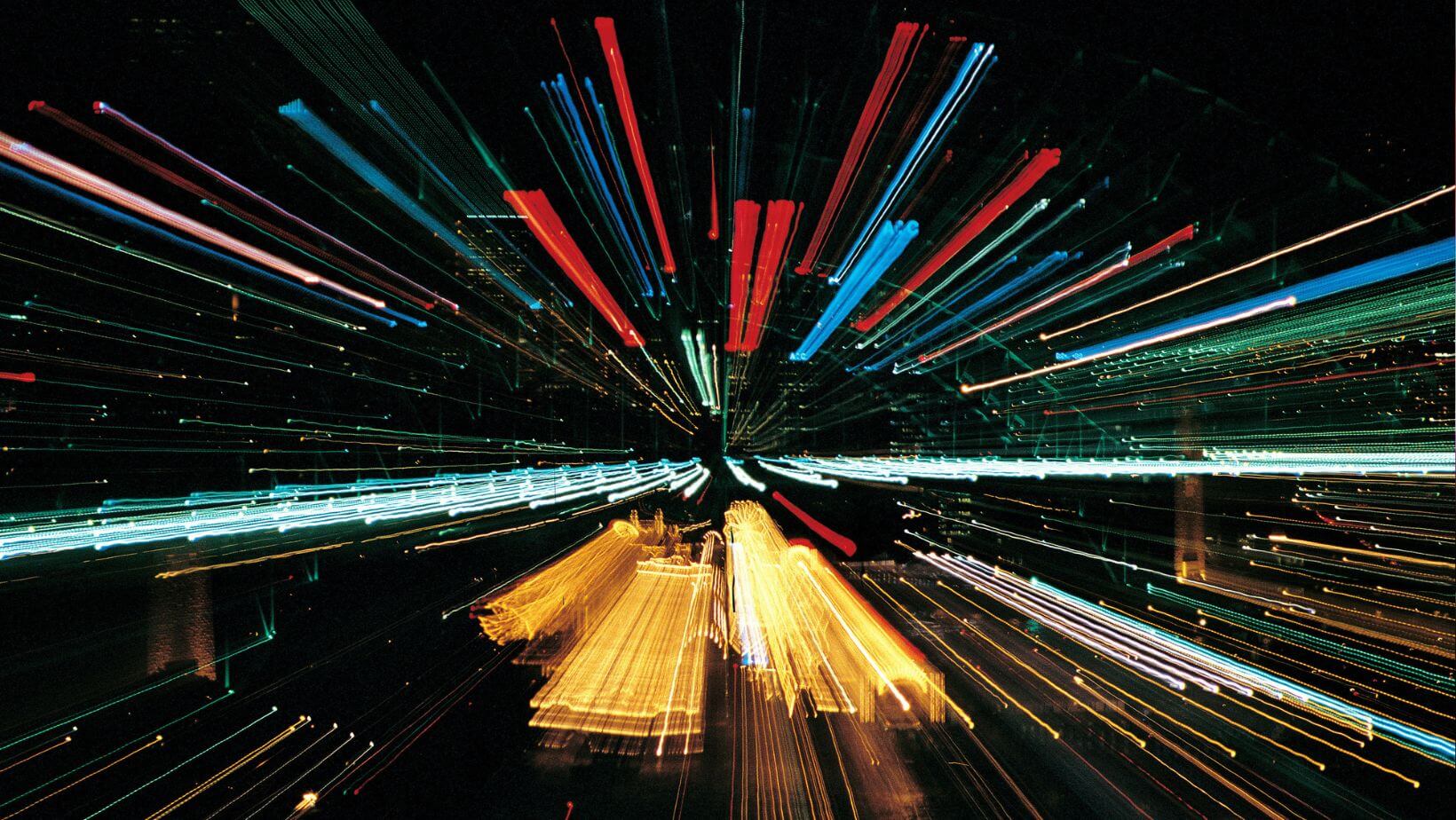Cardano – An Initial Glimpse. Does Cardano bear more resemblance to Bitcoin or Ethereum? Unravel the design and inception of Cardano, a member of the elite top 10 blockchains. A series of insightful articles await, delving into its intricate features and capabilities.
Table of Contents
ToggleWhat is Cardano?
As a third-generation blockchain, Cardano transcends as a programmable platform. Its resemblance to Ethereum is noticeable, functioning as a programmable entity. Yet, its underlying data structure echoes the design principles of Bitcoin. But, what implications does this hold?
Cardano’s data architecture is founded upon the EUTXO model, an acronym for Extended Unspent Transaction Output. To fully grasp the essence of EUTXO, a comprehensive understanding of the foundational data model of blockchains is paramount.
Every blockchain encapsulates data within blocks, safeguarded by cryptographic protocols. These blocks are repositories of transactions, delineating modifications enacted upon the blockchain. Transactions encompass a spectrum of activities, from cryptocurrency transfers between addresses to the execution of trades on decentralized platforms like Uniswap. These activities instigate the execution of smart contracts, inscribing transaction specifics on the blockchain. The concatenated data within blocks chronicles the evolutionary trajectory of the blockchain, with the consensus mechanism and cryptographic protocols bolstering its security and indelibility.
In the realm of Ethereum, a distinct compartment coexists alongside blocks, termed the “world state.” This dynamic dataset embodies the real-time status of data. A transaction involving the transfer of 3 Ether from one account to another exemplifies this; the world state will reflect the receipt of 3 Ether by the recipient’s account, concurrent with the recording of state-altering transactions within blocks. This streamlined data structure enhances data readability and accelerates data retrieval. Every network node harbors an individual “world state,” uniformly synchronized post the processing of transactions.
Bitcoin universe
In the Bitcoin universe, ascertaining the balance of a specific address necessitates a thorough examination of each block and transaction. This is attributed to the absence of a “world state” in Bitcoin, a characteristic shared with Cardano. The UTXO, the minimal data unit in both Bitcoin and Cardano, is instrumental in this context. In the Bitcoin ecosystem, a UTXO embodies the “quantum of Bitcoin” accessible for expenditure. For instance, a UTXO reflecting a “1 BTC” value affiliated with an address signifies the address’s command over 1 BTC. Cardano elevates this concept with EUTXO, which encapsulates not just cryptocurrency volume but also data and smart contract logic.
The EUTXO model propels data tasks and Cardano programming into a realm of iterative progression, navigating through a sequence of interconnected UTXOs. UTXOs undergo a transformation upon expenditure; they are labeled as “expended” and give rise to novel UTXOs reflecting the updated data state. The activation of smart contracts within the Cardano ecosystem is entwined with the genesis of new EUTXOs and the designation of previous ones as expended. A deeper exposition of this mechanism will be unveiled in forthcoming articles.
I design and build enterprise IT solutions based on blockchain technology.
I am blockchain architect in Trans.eu building ECMR (digital CMR Consignment Note) based on blockchain. I teachabout Bitcoin, blockchain and decentralization via Linkedin and blog: https://mobycrypt.com.








